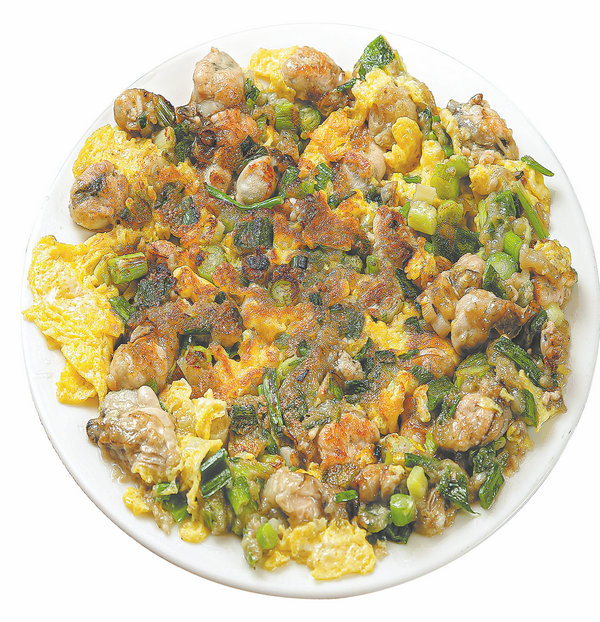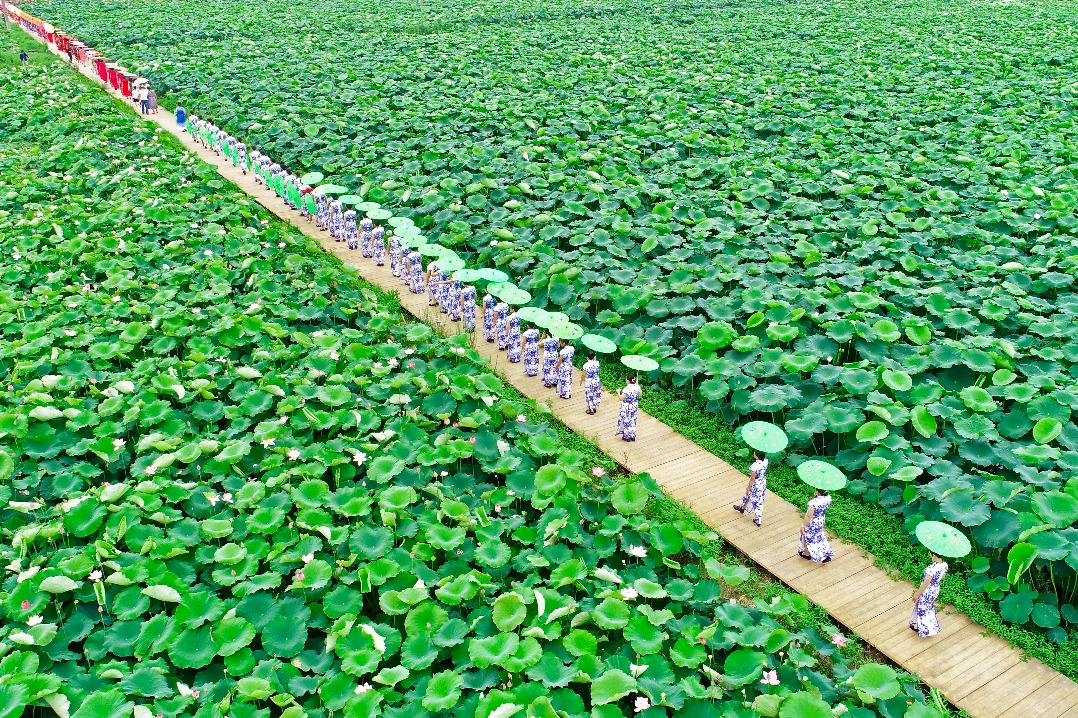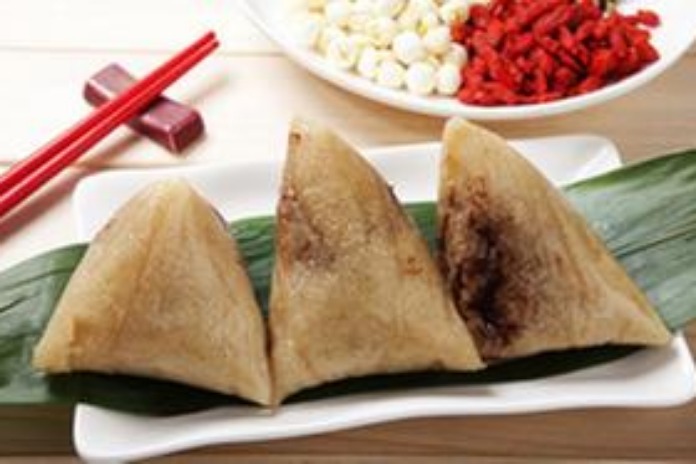The soul of Fujian cuisine
The province still follows traditional cooking methods, but that doesn't mean it isn't open to other influences, which allows for innovation and new flavors, Yang Feiyue and Hu Meidong report in Fuzhou.


The sliced whelk with light wine sauce demonstrates precision, as Yang holds a slice to the light.
"Thin enough to see through," he explains.
The water must be brought to exactly 80 C. After boiling, add one ladle of cold water. Then, add whelk and leftover yeast particles (wine lees) from the wine fermentation process at high heat for precisely three seconds.
"It's all about perfectly controlling the heat so the sliced whelk stays crisp without any fishiness," he says.
Huang Lyubing, president of the Fuzhou catering and cooking association, points out that Fujian's culinary traditions can be clearly mapped out.
"They are essentially divided into upper and lower regions," he says.
The lower region, including Fuzhou, Quanzhou and Zhangzhou, forms the coastal cuisine lineage, while the upper region, covering Nanping, comprises the mountain cuisine, he adds.
"This insightful division serves as a key to understanding the origins of Fujian's culinary traditions," he says.



































